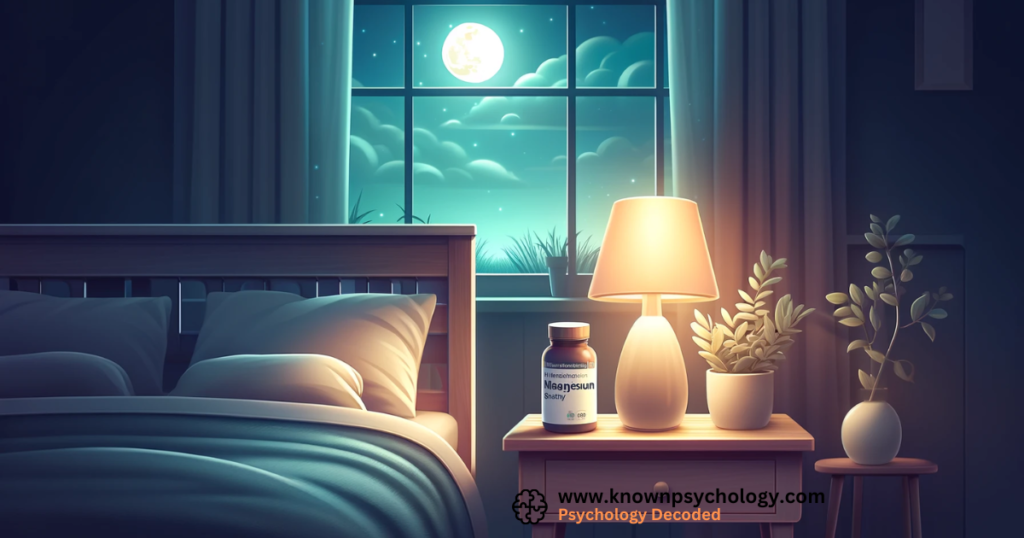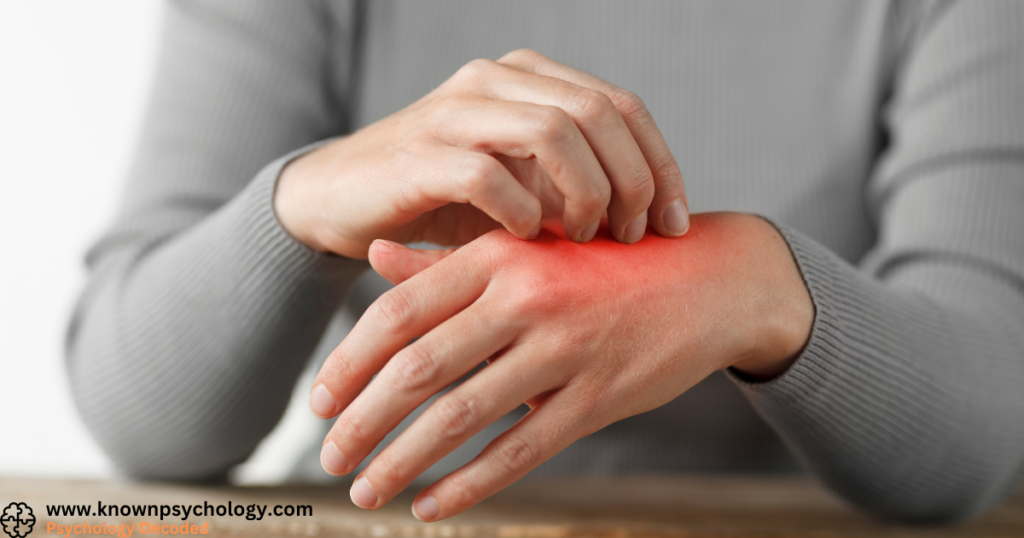
Substance abuse and anxiety are two intertwined issues that can exacerbate each other, leading to a cycle that can be difficult to break. Understanding the relationship between anxiety and substance abuse is crucial for those who find themselves struggling with these challenges.
As a person continues to struggle with drug addiction, the symptoms associated with anxiety can continue to get worse and worse. It’s important to understand the connection between anxiety and addiction, you should know what treatment options are available at rehab centers like Westwind Recovery Center.
Understanding the Link Between Anxiety and Substance Abuse
Anxiety disorders are among the most common mental health issues, affecting millions of people worldwide. For many individuals, anxiety can create a profound sense of discomfort and distress, pushing them to seek relief through various methods, including substance use.
Substances such as alcohol, prescription medications, and illicit drugs can temporarily alleviate anxiety symptoms or help individuals escape reality. However, this relief is often short-lived and can lead to increased dependence and addiction over time. This can create a negative cycle of excessive drug use to cope with anxiety symptoms.
1. You’re Using Substances to Cope with Stress or Unease
If you routinely reach for alcohol or drugs after a stressful day or during moments of heightened anxiety, it’s a clear warning sign. Substances are often used as a way to “self-medicate,” offering temporary relief. However, this approach doesn’t address the root causes of your anxiety and can spiral into dependency. There are several different ways to cope with stress that are much healthier and positive for the mind and body as opposed to drug or alcohol use.
2. A Growing Dependence on Substances to Feel “Normal”
Feeling like you need alcohol or drugs to get through basic day-to-day functions, like attending meetings or social events, could indicate a dangerous pattern. Individuals with anxiety often feel like they’re “masking” symptoms through substances, creating reliance over time. In many cases, this frequent use can lead to addiction. Anxiety and addiction can have opposite effects on the person’s mind and body.
3. Increased Tolerance and Escalated Use
Over time, your body adjusts to frequent substance use, requiring higher and more frequent doses to achieve the same calming effects. If you notice that it takes significantly more to help you relax or reduce your tension, it’s a strong indicator that substance use may be shifting into a dependency.
4. Persistent Anxiety Even While Using Substances
Although substances like alcohol or marijuana may appear calming initially, they often worsen anxiety in the long term. You may find yourself feeling anxious even when you’re under the influence—or worse, experiencing heightened anxiety after the effects wear off. What tends to happen is that substance use only helps alleviate certain feelings in the short term rather than long term.
5. A Drop in Your Emotional Coping Skills
Have you stopped using healthy, constructive ways to manage your anxiety? If you used to find comfort in practices like exercise, talking with friends, or mindfulness techniques but now instead turn solely to substances, it’s a sign of an unhealthy shift.
6. Isolation from Friends and Family
Anxiety can make socializing difficult, but substance abuse often pushes you further into isolation. Feeling disconnected from loved ones, avoiding events, or hiding your substance use are classic warning signs.
7. Problems at Work or School
If anxiety and substance abuse are affecting your ability to concentrate, meet deadlines, or maintain professional responsibilities, it’s a red flag. Behavioral changes like lateness, absenteeism, or decreased performance often indicate a deeper issue. These can stem into worse consequences, financially or legally as well.
8. Physical Symptoms You Can’t Ignore
Substance abuse may accompany visible physical changes, including:
- Unexplained weight changes
- Fatigue or lack of energy
- Frequent illnesses or weakened immunity
If you’re experiencing withdrawal symptoms—shaking, sweating, nausea, or headaches—when not using substances, it’s a strong indication of dependency.
9. You Can’t Stop Despite the Consequences
If your substance use is impacting relationships, finances, your health, or your emotional well-being but you’re unable to quit, this may signal a deeper issue. Anxiety can create barriers to stopping, as fear of facing untreated symptoms unmedicated can be overwhelming.
10. Experiencing “Dual Anxiety”—Before and After Use
For some, anxiety doesn’t just return after the effects of substance use wear off—it amplifies. Substances like alcohol and drugs can affect the brain’s chemistry, leading to additional symptoms of depression or anxiety after consumption. If feelings of guilt, worry, or fear worsen after using, it’s critical to seek help.
Breaking the Cycle of Anxiety and Substance Abuse
If you recognize these signs in yourself or a loved one, it’s important to know that help is available. Dual diagnosis treatment programs specialize in addressing anxiety and substance abuse together, offering integrated care that focuses on both challenges.
Here’s what recovery could look like:
- Individualized Treatment Plans: No two journeys are alike. You’ll receive a plan tailored to your unique struggles with anxiety and substance use.
- Therapy with Licensed Experts: Evidence-based therapies, such as cognitive-behavioral therapy (CBT), can help you unlearn patterns of behavior that root anxiety and dependency.
- Medication-Assisted Treatment (MAT): If needed, non-addictive medications can stabilize your mood while reducing cravings.
- Support Systems: Group therapies and peer communities are life-changing tools that provide understanding, connection, and accountability.
There’s Hope—and Help—on Your Journey to Recovery
Living with anxiety and addiction can feel like an uphill battle. Combining it with substance abuse can make things seem even more difficult. But recovery isn’t just possible—it’s within reach. Awareness is the first step, and now that you’ve identified the signs, you can start building a healthier and more fulfilling life.
The path to healing doesn’t have to be walked alone. If you’re unsure where to turn, reach out to compassionate professionals like the team at Westwind Recovery Center – who understand what you’re going through. Our team is ready to guide you toward finding balance and freedom.
Remember, there’s as much strength in asking for help as there is in taking action. Start your recovery today—you’re worth it.
Mariam holds an MS in Sociology with a specialization in Medical Sociology and Social Psychology. With a strong academic background and extensive research work in both fields, she brings depth and clarity to complex topics. Her writing explores the intersection of society, health, and the human mind, making academic ideas easy to grasp and relevant to everyday life.


